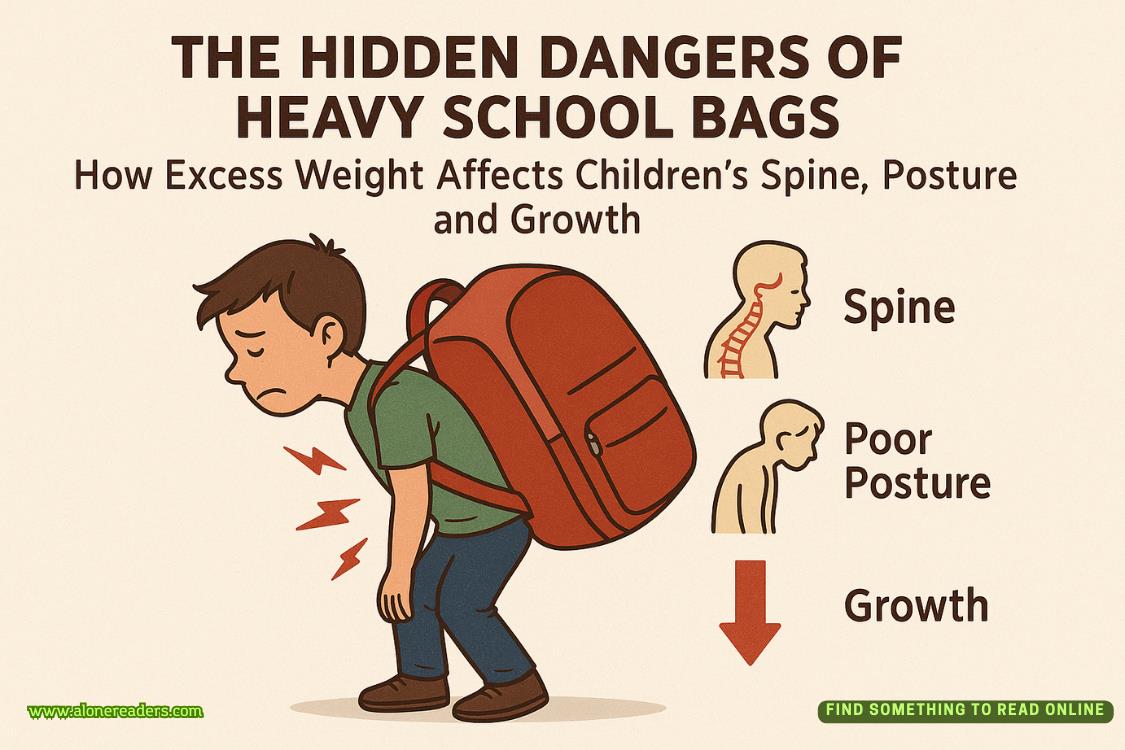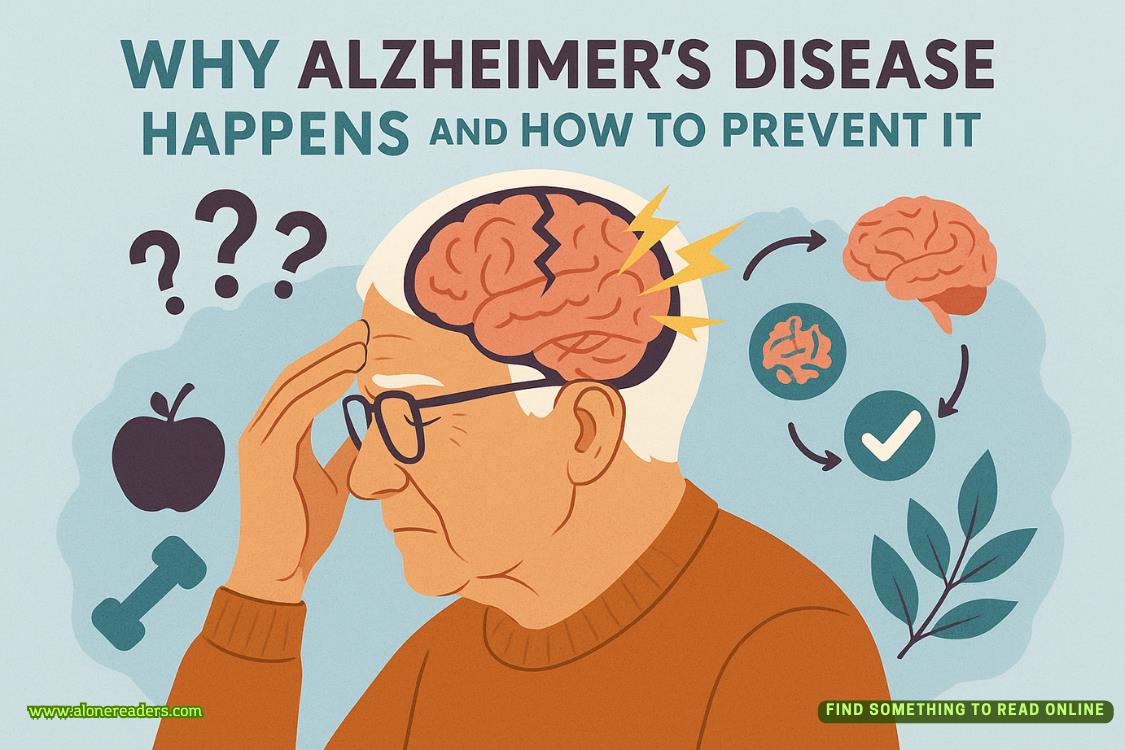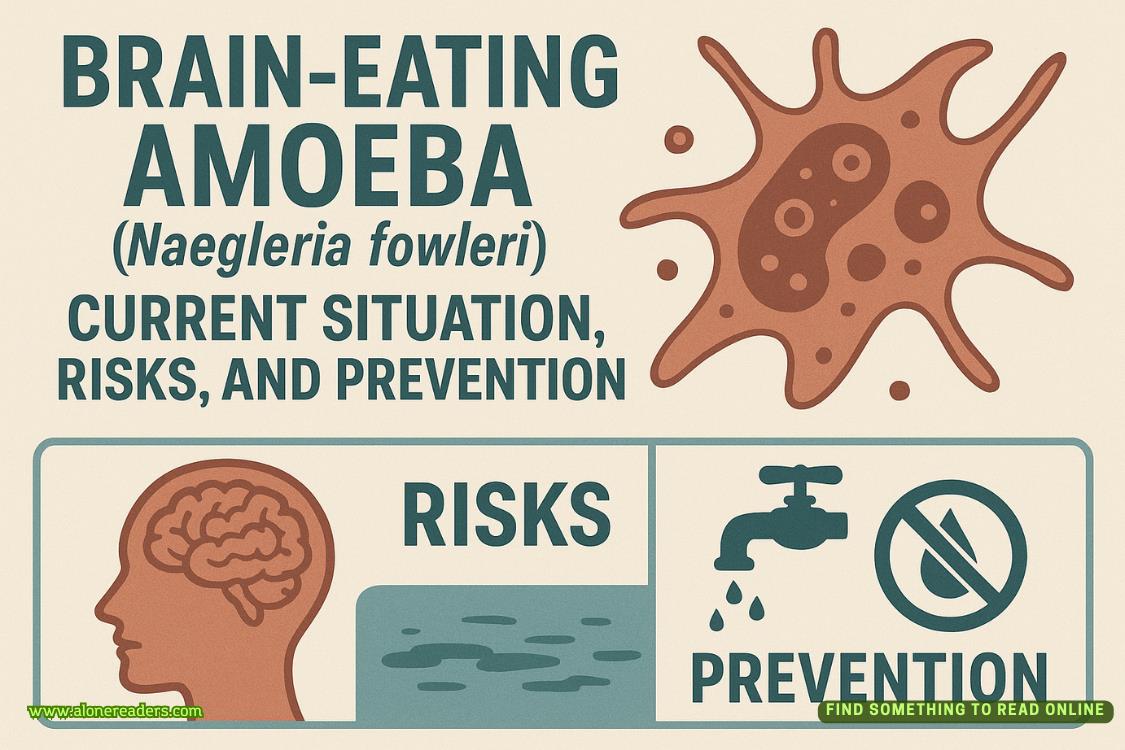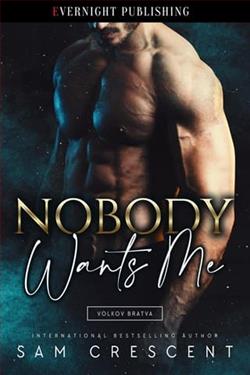Page 131 of My Big, Fat, Fake Billionaire Wedding
I gesture wordlessly at the artwork, my brain unable to form coherent sentences.
He follows my wild hand movements, the corner of his mouth lifting slightly. “Ah.”
“Ah?Ah?” I finally find my voice. “Your multi-million dollar Rothko is gone and all you can say is ‘ah’? Did we get robbed by the world’s most selective art thieves? Should I be calling the FBI or having a panic attack? Because I’m leaning toward the latter, but I’m flexible.”
Gideon approaches, his expression amused as he shrugs out of his suit jacket. “The Rothko is fine. They’re all fine.”
“They’re all—” I spin in a circle, taking in the transformed space. “Then where are they?”
“In storage.” He says it so matter-of-factly, like he’s telling me he’s moved a coffee mug. “I had them moved while you were at your studio.”
I stare at him, trying to process this information. “You put twenty million dollars’ worth of art in storage? Voluntarily? Are you feeling okay? ShouldIbe calling someone?”
Gideon moves to the kitchen, pouring himself a glass of water. “Thirty-eight million, actually, with the recent Christie’s valuation of the de Kooning.” He takes a sip, watching me over the rim of his glass. “And I’m feeling perfectly fine.”
“Then why would you—” I gesture again to my artwork, suddenly feeling uncomfortably exposed. It’s one thing to show my paintings in galleries or even inthe small studio space I’ve carved out in the penthouse. It’s entirely another to see them hanging where literal masterpieces had been, inviting direct comparison. “These are just studies, works in progress. They’re not— they don’t belong next to names like that. And they certainly can’t replace them.”
“I disagree.” Gideon sets down his glass and moves closer, stopping before my large abstract. “This piece in particular expresses something the Rothko never could.”
“Yeah, amateur technique and questionable composition choices,” I mutter.
He turns to me, his expression surprisingly serious. “Your work has life, Ava. Movement. The Rothko appreciates by seven figures every year while hanging on my wall, but when was the last time I actually looked at it?Reallylooked?” He shakes his head. “I realized I’d prefer to see something that movesme,rather than something that moves markets.”
The simple statement hits me with unexpected force. I’ve spent my entire artistic life feeling inadequate. Not good enough for scholarships, galleries, collectors. My stepfather’s voice whispering that my talent isn’t worth investing in. And here’s Gideon, a man who can own any masterpiece in the world, choosing my unfinished expressions over established genius.
“But mine are worth—” I start.
“I know exactly what they’re worth,” he interrupts softly. “Both financially and otherwise.”
I move through the space, taking in each piece he’s selected. He hasn’t just grabbed whatever was available; he’s chosen deliberately. Pieces that speak to each other, that create a narrative throughthe penthouse. He’s curated my work with the same care museum directors give to major exhibitions.
“You’ve purchased nearly my entire Parsons collection,” I say, flabbergasted.
“Everything with a price tag, anyway,” he concedes. “Except your recreation of your grandmother’s portrait. That piece belonged exactly where it was—watching over the gallery like it had found its rightful home.”
I stop before a smaller canvas near his office. It’s a study of shadows I’d abandoned months ago, frustrated with its execution. “How did you even get this one? It’s not even finished. The perspective is all wrong on the lower third.”
Gideon moves beside me, his arm brushing mine. “That’s what makes it interesting. You can see the struggle, the process. It’s honest. Parsons gave it to me when I bought the others.”
I turn to look at him,reallylook at him. This man who calculates risk down to the decimal point, who has backup plans for his backup plans, who constructed our entire relationship around careful contracts and clauses. And yet here he is, surrounding himself with unfinished, imperfect expressions of emotion.
“This is a very grand gesture for someone who doesn’t do emotional involvement,” I say quietly.
His eyes meet mine, and for a breathtaking moment, I see something unguarded there. “Perhaps we—”
My heart stutters in my chest. “Yes?”
Before he can respond, he steps back, the moment passing as he checks his watch. “I’m expecting a call from Singapore in twenty minutes. Mrs. Laurent leftdinner in the warmer. You should eat something. You forget to do so when you’re painting.”
And just like that, he’s walking toward his office, the familiar Gideon reasserting himself. But as he reaches the doorway, he pauses, looking back at my work surrounding us.
“They belong here, Ava,” he says simply, and disappears into his office.
I don’t know what to think anymore. I’m so confused. I just stand there in the center of the penthouse, surrounded by my own creations in place of masterpieces, feeling like something fundamental has shifted beneath my feet. The contract reminder meeting with Mr. Hoffman is tomorrow, where we’ll review the “no emotional involvement” clause and discuss our approaching separation date.
Yet today, Gideon has replaced thirty-eight million dollars of art with my soul on canvas. And he acts like it’s no big deal.
But it is. It really is.















